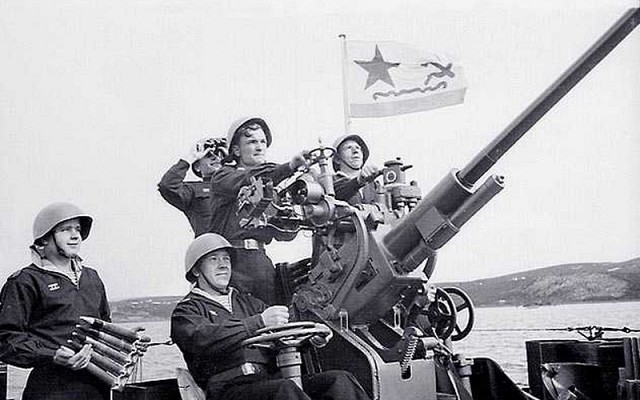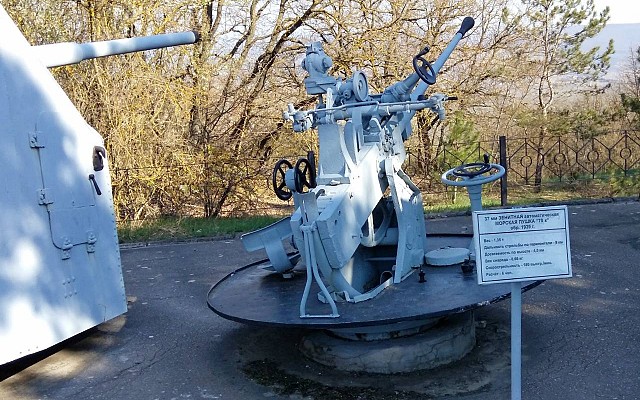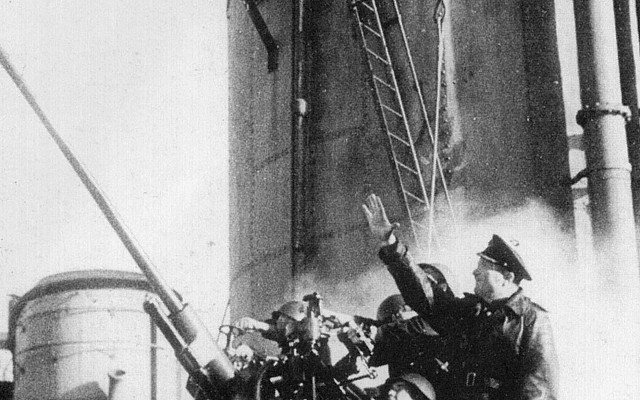37mm 70-K
Overview
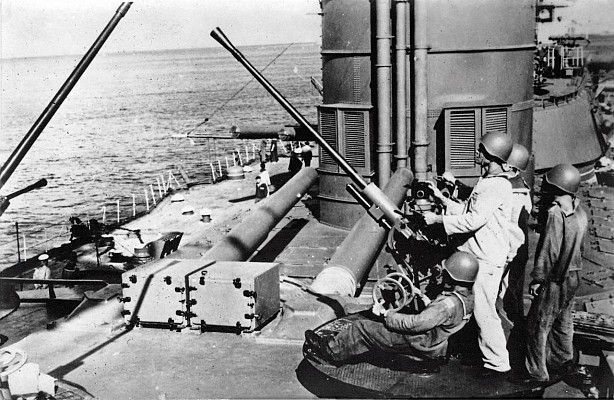
37mm 70-K
Soviet 37mm anti-aircraft gun 70-K.
Source: www.topwar.ru -
© Copyright lies with original owner
1940 (Soviet state trials)
China
China
Description
Introduction
The 70-K is a World War 2 era naval anti-aircraft gun of Soviet origin. The 70-K armed many Soviet ships during World War 2 and was still in limited use when the Soviet Union dissolved in 1991. The 70-K was produced in large numbers, even though in 1946 the water-cooled twin barrel V-11 mount was produced at the same time.
Design
The 70-K is a close adaptation of the land based M1939 anti-aircraft gun. The open mount is light and proved easy to install on a wide variety of ships. Since the gun is air cooled it lacks sustained fire capability. After firing a 100 rounds in rapid succession the 70-K must cool for at least an hour. Or the barrel is to be replaced, which takes 15 minutes.
Firepower
The 70-K is armed with a single 37mm autocannon which is fed from 5 round clips. Cyclic rate of fire is 150 rpm. Depending on the type of ship the 70-K was fitted onto between 1.000 and 2.000 rounds were carried per mount. Anti-aircraft ceiling is 4 km and the practical range against surface targets is 5 km.
Users
The 70-K was in widespread use with the Soviet navy during World War 2. Production continued until 1955 and the 70-K remained throughout the Cold War, mainly on auxiliary vessels. The 70-K could also be found on many ships sold or given to Soviet allies. Today the 70-K remains in limited use with various navies around the globe.
Details
Media
Related articles
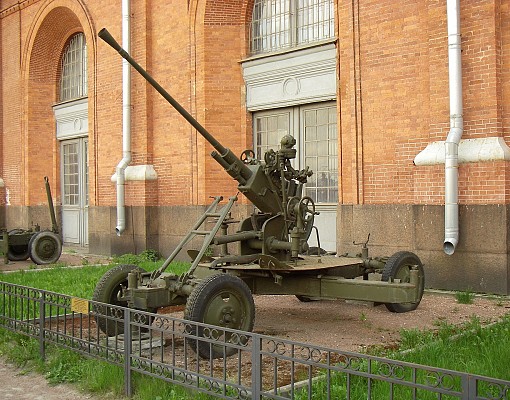
M1939
The 70-K is the naval derivative of the 37mm M1939 towed anti-aircraft gun.
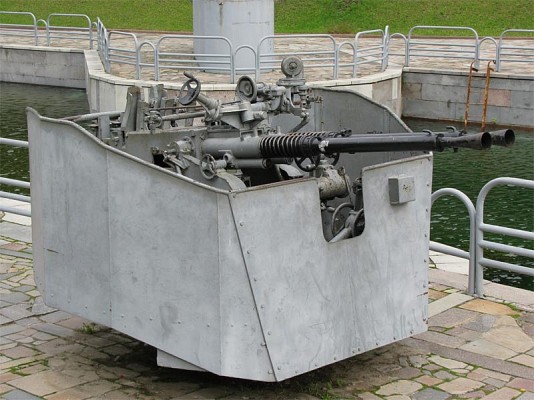
37mm V-11
The V-11 was developed during World War 2 as a more capable naval anti-aircraft gun than the air-cooled single barrel 70-K.
